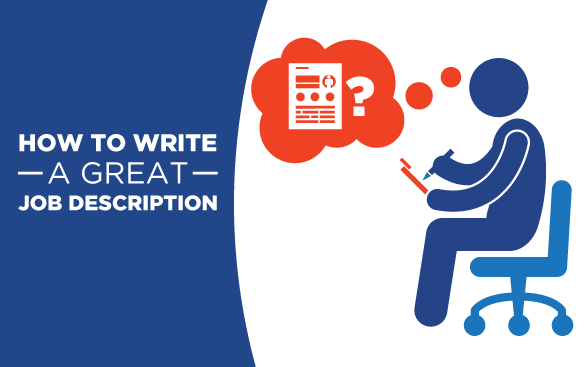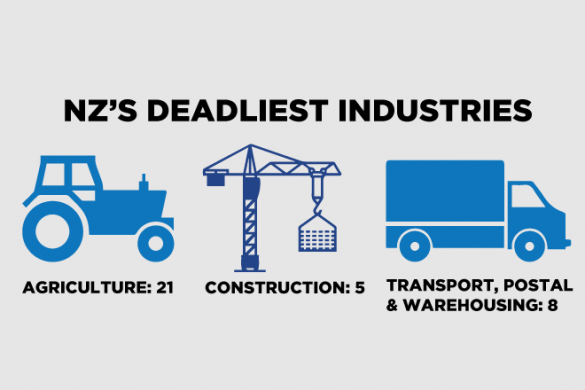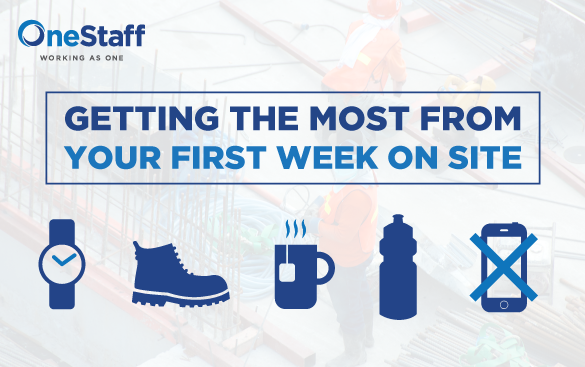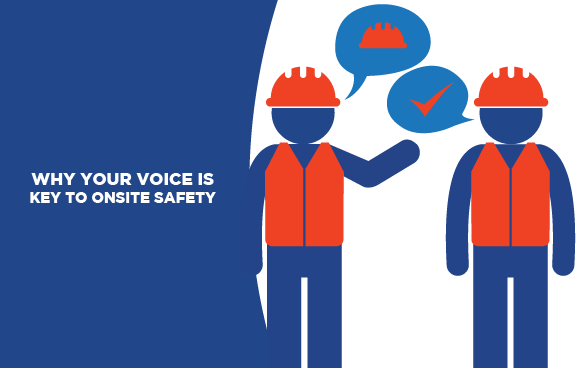Writing a job description is difficult and 90% of the time they can be dangerously long, wordy and boring. Especially in managerial or technical roles, there is a lot to include that, at the same time, needs to be clear, accurate and easy to understand. So, what if you could make life easier for yourself and even cut some time off the hiring process?
A great job description focuses on the skills and attributes really needed in a particular position, which can help you majorly when writing job advertisements to give a really clear picture of what’s involved in the job. Not only can it lead to unsuitable applicants losing interest but it also enables top talent to take a more serious look at what you’re offering. When you do find a candidate to take through to the next stage, the job description helps to form the basis of your interview questions so you can focus on hiring the most qualified people who’ll fit in with your company culture. A job description is a useful management tool; clarifying standards so you can measure performance, give recognition when it’s deserved, and help highlight areas for improvement further down the line.
So, if a job description is worth the effort, what are the job description must haves? What do you leave out? To help, we’ve put together some points to be used in conjunction with the job description template below.
Click here to Download our Job Description Template
Title of the Position
First thing’s first, use the actual title of the available position. Don’t use any slang, jargon or alternative titles to make it sound more sophisticated, fun or snazzy. Just be straightforward and state the official title of the position. At all costs, avoid titles like ‘Admin Rockstar’ or ‘Engineering Whiz’ as these sound childish and unprofessional.
The job title needs to describe not only the key function of the position but also where it is positioned in the hierarchy of the team or department. If it’s a senior position, make sure that is noted. For example, instead of ‘Site Manager’ use ‘Senior Site Manager’. Or if you’re looking for someone with more experience, instead of ‘Carpenter’ use ‘Journeyman Carpenter’.
The Basic Details
The first body section of the job description should include the fundamentals of the position itself. Good points to include here are the physical location of the job, including any travel requirements to other site locations, and the pay grade. Also, list who the person will be reporting to and any other teams they’ll have to coordinate with. If a management role, list the direct reports, as well as their financial responsibilities and authority levels.
Expected Results
Next up, describe the purpose of the position. Listing the responsibilities and duties of the job is a good start, but it’s more important to focus on the outcomes you expect so that applicants and your new employee will be crystal clear on what success looks like. Do not sugar-coat anything, by the end of this section your future employee should know exactly what is expected of them. If it’s a tough job, you need to indicate that. This will define the necessity for a candidate that is hard working and not worried about putting forward some personal commitment. This part of the document should clearly state what the deliverables of the job are – you’ll thank us later when you’re having any performance conversations.
‘About Us’
Leave out the paragraph-long section about your company. If you need to put anything in here it should be a couple of lines about the company values you expect the employee to uphold. What kind of persona are you looking for that will mesh with your organisation’s culture? For example; “As Site Manager, you will champion health & safety across the business and inspire a culture of continuous improvement.”. Do you need someone that can think outside of the box and deal with things in a slightly different way to anyone else within the company structure? If so, this needs to be outlined. You could also choose to insert your organisational chart so they can visualise how the role interacts with others in the business, as well as inspire future career paths.
Person Specification
The next part is what you require in the ideal candidate – specify what’s essential and what’s desirable. Here you need to cover what previous experience the job demands and which hard skills they’ll require doing the job to your satisfaction. In this section, you should also cover any qualifications that the candidate will require, including any licenses they’ll need to hold or languages they’ll need to speak. If they’re going to be on their feet all day or lifting heavy objects, physical fitness is a good requirement to list. However, when writing this part, don’t just think about the job requirements but also their personal attributes, attitudes and values.
Summary
To finish, ensure that all your points are short, concise sentences that are easy to read. No one wants to sit down and read an essay. Each section should have a clear, descriptive heading with plenty of white space between each section. Again, this document should very clearly define what the expectations and deliverables are of the position so that, if need be, both you and the employee can refer back to it to assess their performance.
So, follow these guidelines and download the Job Description Template below and you can ensure that you’ll be on the right track to attracting the best talent before the interviews have even started. It’s a good idea to get input from all key people in the hiring process, such as the Hiring Manager(s) and the team, surrounding the open position. They will have the best ideas about the typical challenges someone will face in the job and the key skills needed.
Good luck, and if you have any questions about creating a job description that gets results, get in touch today. Otherwise, check out our blog for more great recruitment and management advice.










